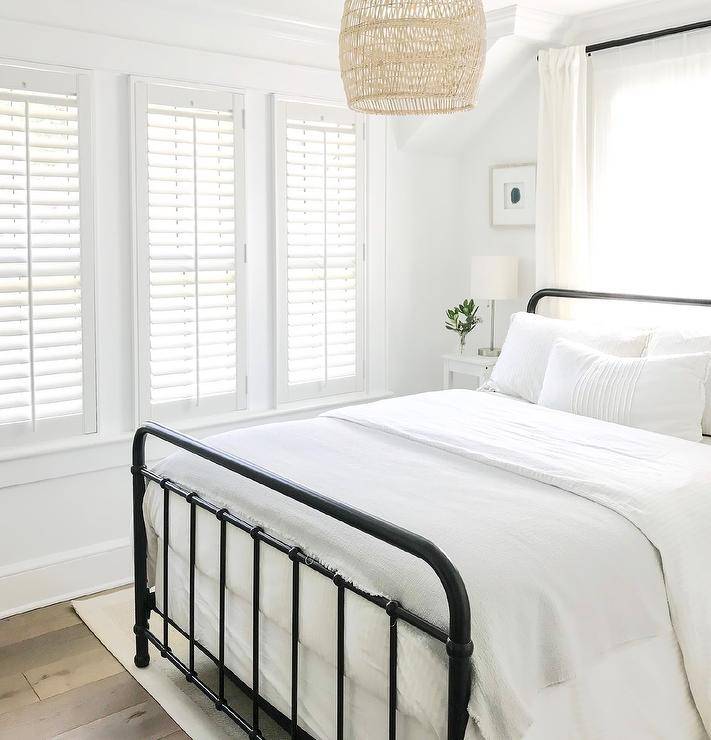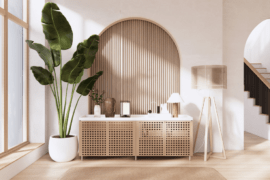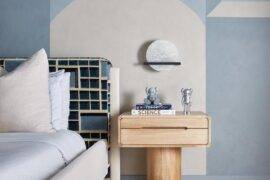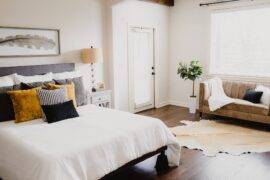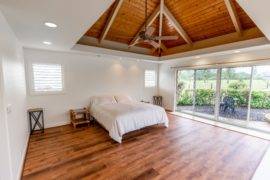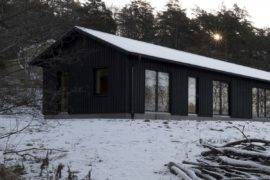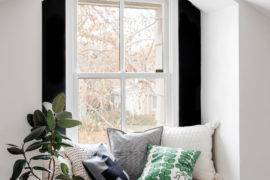Scandinavian minimalism is a straightforward, practical strategy for design that delivers a way of living encompassed by the natural world. The purpose of this interior design style is to have a simple life lived in balance with nature while welcoming the great outdoors.
Scandinavian design continues to grow in popularity with its practical functionality and realistic feel. If your life is a little too cluttered or you’re overwhelmed with busyness, maybe you should take a few lessons from Scandinavian minimalism.
Roots of Scandinavian Minimalism
Scandinavian minimalism started in the 20th century. This design style arose from a passion for creating practical but aesthetically appealing furniture and decor that was quickly accessible to the public. It stood in distinction to the ornate and busy decor style adopted by the wealthy of Europe in the pre-World War I years.
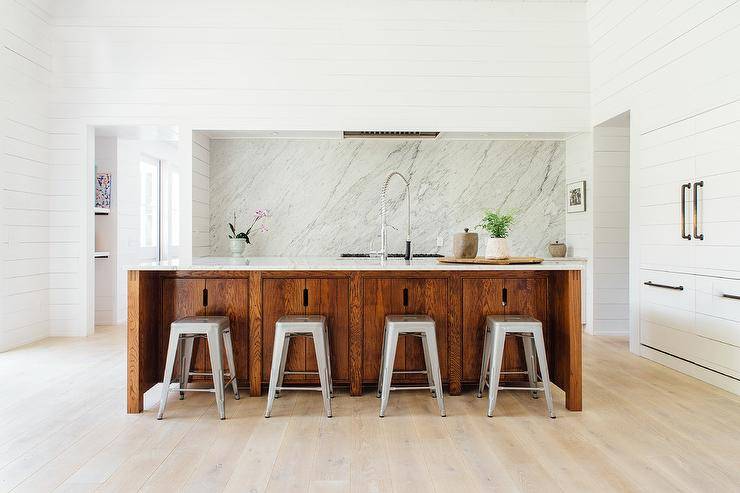
The emphasis on functionality without yielding a sense of beauty quickly acquired attention. This was remarkably accurate in the northern areas of Europe, where the long winters with little daylight made maximizing light and comfort a top priority. By the 1930s, this simple style really took off in Sweden, Denmark, and Norway.
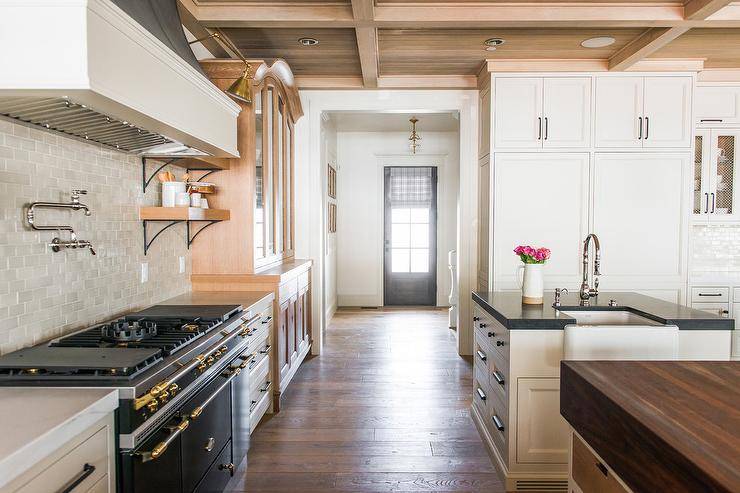
During the 1950s and ahead, this style stretched worldwide after the Lunning Prize was awarded to several Scandinavian designers. To this day, Scandinavian minimalism is favored for its easy functionality and everyday convenience.

Key Traits
Scandinavian minimalism is not defined by exact guidelines, unlike most design styles. It is more open to experimentation, making each space feel individual and unique. However, some critical design choices make these spaces emit that iconic, comforting hygge feeling.
What is Hygge?
Hygge is a quality of coziness and comfortable conviviality that engenders a feeling of contentment or well-being (regarded as a defining characteristic of Danish culture).
Related: The Danish Art of Hygge
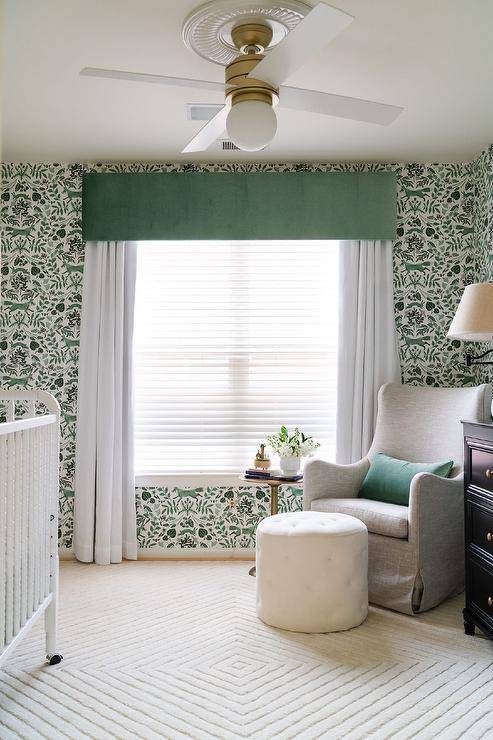
Functionality is pivotal; every piece of furniture or decor needs a purpose. When things are useful and valuable, the room will have purpose rather than a collection of items that just take up space. But don’t let this fool you — your space will be anything but cold or unwelcoming. Instead, Scandinavian minimalism excels at making surroundings relaxing and inviting by incorporating suitability with cozy, natural elements. Think wood, stone, wool, cotton, and greenery.
Scandinavian minimalism concentrates on well-constructed objects and furnishings that can be used for a long time. It evades trendy items, opting for quality, durability, and functionality. Many of the furnishings used in this design style have more than one use or purpose, making every space intended and valuable.
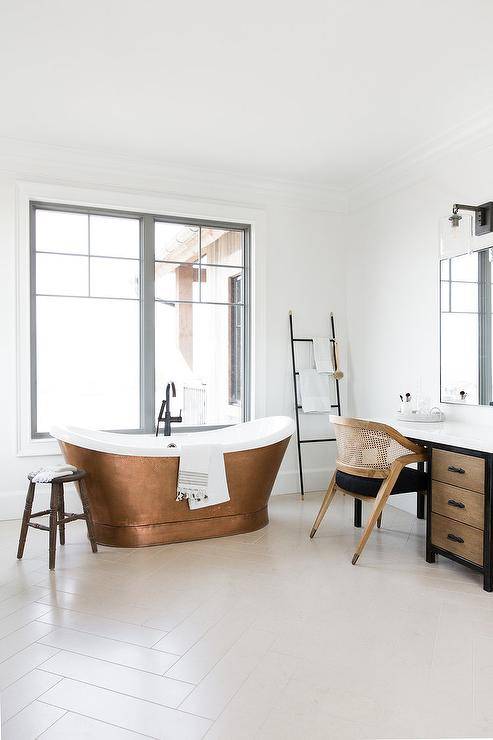
The Difference Between Scandinavian Minimalism and Minimalism
Scandinavian minimalism and minimalism both concentrate on uncomplicated functionality. Nevertheless, these two design styles are distinct and different in several ways.
The minimalist design style concentrates on uncomplicated, functional pieces, clean lines, and simple color palettes. These rooms are often found in black and white with geometric patterns and clean, sharp details. They feature open concepts and airy spaces. Typically used materials include lacquer, marble, or metal.
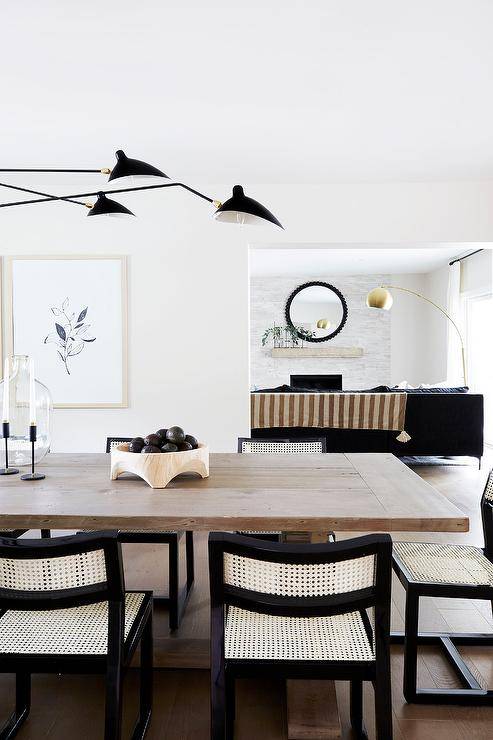
Scandinavian minimalism also concentrates on simplicity and functionality but adds warm and nature-inspired tones into the style. Compared to black-and-white color palettes, Scandinavian minimalism uses creamy whites, neutral tans and grays, and soft, nature-inspired pastels. Materials used in this style are natural, such as wood, stone, and wool.
Decor Recommendations
You can integrate Scandinavian minimalism into any space, from the bedroom to the kitchen and even the bathroom. To assist you in bringing this style to your home, keep these design tips in mind.
- Keep in mind — easy, practical, and high-quality. Handmade items are often seen throughout Scandinavian minimalism. Simple, well-built furniture that can serve more than one purpose is a critical part of this design style.
- Avoid pieces that are ornate and showy — instead, opt for timeless, well-built furnishings. Selecting eco-friendly choices is another crucial aspect of Scandinavian minimalism.
- Pick colors motivated by nature. Soft, creamy whites, neutral tan and gray tones, and soft pastels such as sage or blue keep the space feeling light. These colors help bring in as much natural lighting as practicable, which is ideal for the Scandinavian regions where long, dark winters are a part of everyday life.
- Soft, cozy lighting is vital. Incorporate other sources of light, such as lamps, overhead lights, ambiance lights, and candles. Opt for warm lighting choices rather than more radiant blue tones. Take advantage of natural sunlight by incorporating large windows.
- Bring nature indoors. Use houseplants or raw, natural materials to bring in the natural world.
- Eliminate the clutter. Each piece of furnishing should be chosen for a reason, not just to take up space. By keeping a space clean and free from clutter, you make room for only the elements that add value and functionality.
Scandinavian minimalism is about simplicity, purity, and calm — about buying less and buying better. To let the objects do the talking whilst staying functional and comfortable.
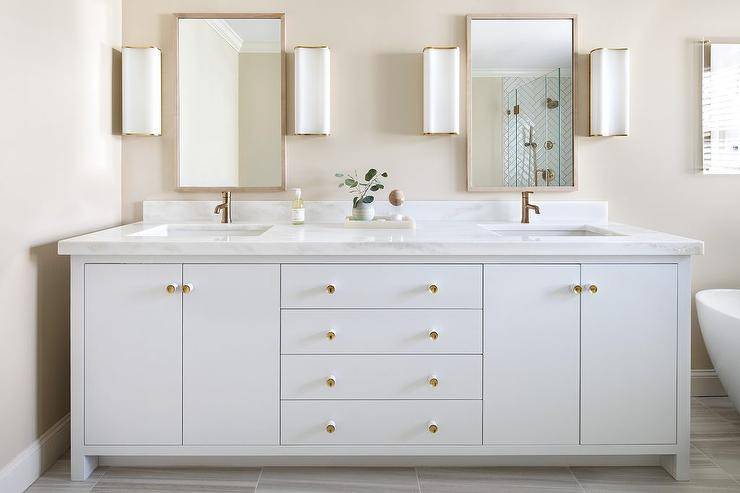
If you’re interested in Scandinavian design but the minimalist aesthetic doesn’t seem all your style you can still incorporate Scandinavian style into your home. Here are some Scandinavian design elements that are open to everyone, whether you are a maximalist or minimalist, or somewhere in between.
Contrast: In Scandinavian interiors, contrast provides depth and interest. Use hard and soft, light and dark, old and new. To heighten the look, find contrast in larger functional pieces such as lamps, furniture, wall color, and rugs.
Multi-functional pieces: Whether you have a small space or a lot to store, you can use multipurpose furniture to add a Scandi look. Some examples are modular Ikea pieces, under-the-bed storage, and anything with extra drawers and shelves.
Nature: Scandinavians have a special relationship with nature, and a respected source of precious resources. You can keep nature in your home by bringing in natural light, moving a chair toward an outside view, and incorporating plants, sculptural wood, or nature vignettes.
Hygge: Hygge means cozy togetherness. Add some hygge to your space by creating warmth, arranging the furniture to promote casual socializing, and making your space as comfortable as possible for your daily activities.
Related Article: Tips for Embracing Hygge in Your Home: Comfort and Coziness
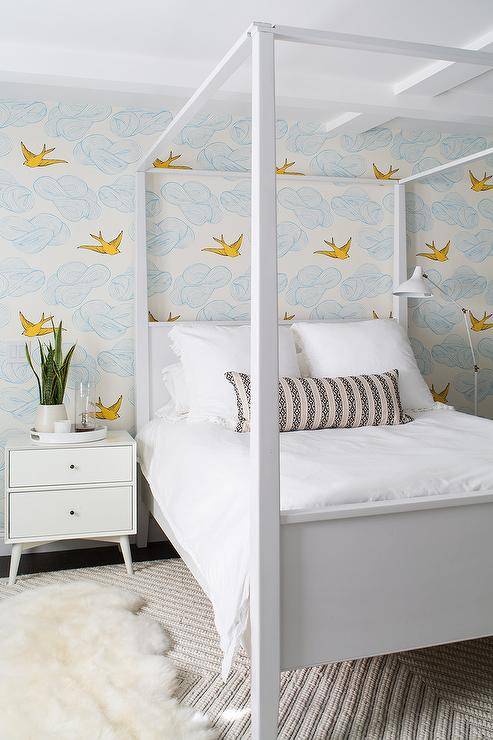
Modern design: Use geometric shapes and clean lines, or irregular shapes and new takes on old pieces. Style note: If you use contrast, a relatively modern piece can look ultra-modern when paired with something more conventional.
Quality craftsmanship: It’s a design element to borrow for any style. You can invest in high-quality pieces or look for diamonds in the rough at thrift stores and garage or stoop sales. Think: sturdy and made from natural—not imitation—materials.
Intense color and prints: Many Scandinavian interiors are all or largely neutral, but don’t let that stop you. Recently, Scandinavian design has been using stronger hues, color blocks, and more. And if you’re a fan of wild prints, it’s more than OK.
